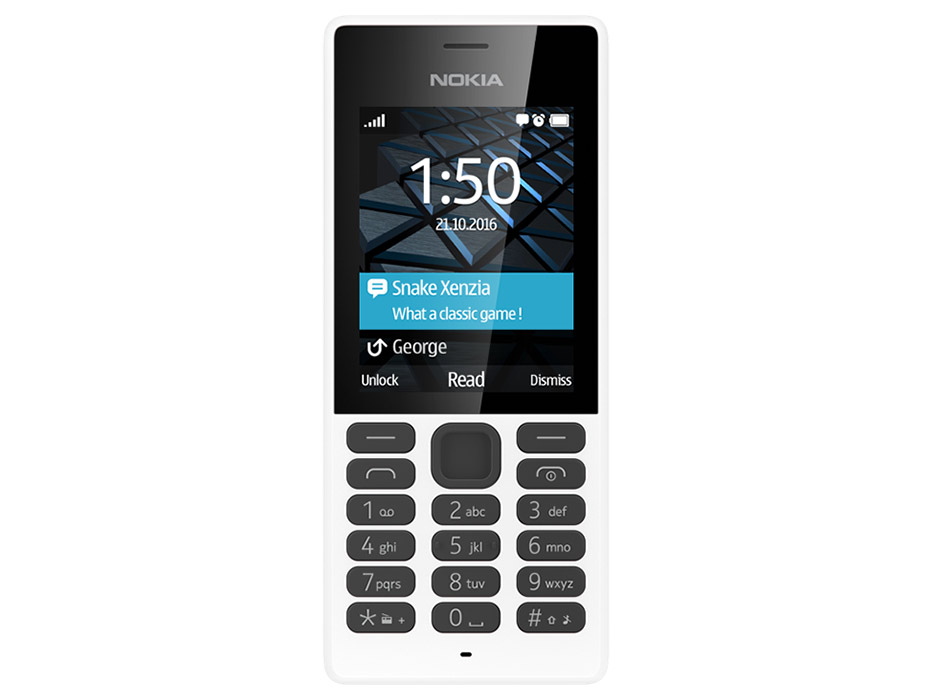
We all have to go mobile
If you have a pulse and you’ve been in business for more than 30 seconds, you already know that your customers want to access your website from their mobile device. They want to click “contact” while they’re sitting on the train, or read your blog while waiting in line, or shop for your goods and services from the sofa. And we don’t have to tell you that if your site isn’t accessible from these devices, or are difficult to use with a mobile device, you’re losing business.
But how can you improve your site for mobile users? To answer that question, we connected with Ajay Kapur – he’s the CEO of Moovweb, the mobile experience optimization platform that helps companies increase mobile conversions.
How your brand can better engage
Kapur has new insight into the habits of mobile customers and knows well how brands can better engage. He offers the six dimensions of page performance so that your brand can do just that (in his own words below):
1. Speed: Cellular mobile networks don’t behave simply like slower versions of broadband networks. Each individual network request has a much higher initial response delay than landline broadband. And every individual image, video, script, style-sheet and font generates its own request! Using the same technical strategy as for desktop is not enough.
2. Responsiveness: Many mobile sites are now being built using responsive designs that reflow the same content as the desktop site into new layouts. But reflowing layout should be just the starting point for your mobile page strategy. Images also need to be explicitly “presized” for various mobile screen sizes, and where possible their compression level should be lowered to save bandwidth. In addition, pages need to have separate tablet and phone layouts. In some cases, we’ve even found that serving tablet-style pages to larger phones converts best.
3. Searchability: Mobile pages need to be correctly configured for the best search ranking. Google has also recently updated its algorithm to promote pages that are mobile-friendly over those which are not. Based on our best data, we saw about 10% of listings being dropped from the first page of search results as a consequence of this Google update in April.
4. Content: Apart from pages on information sites like news, sports and reference sites, pages with 150 words or less above the fold tend to perform best on mobile. Another important consideration is the font. It’s extremely important to get font sizes right for the device – particularly if a significant part of your audience is older and unable to read small text.
5. Conversion: Mobile sessions tend to be short and users easily distracted. So it’s best to avoid long checkouts cluttered with promotions and upsells. Our big tip: do everything to minimize the number of form fields, and always turn off the built-in autocorrect for form fields!
6. Usability: Start with the basics. The hitbox for tappable items should be at least 42 pixels in radius, and there should be at least 20 pixels between items. It’s surprising how easy it is to miss this somewhere on your page!
Next steps: check your score
So you think you’ve already hit the mark? Find out by checking your MoovScore, a free mobile health check tool. Now go forth and be mobile!
#MobileSites
Marti Trewe reports on business and technology news, chasing his passion for helping entrepreneurs and small businesses to stay well informed in the fast paced 140-character world. Marti rarely sleeps and thrives on reader news tips, especially about startups and big moves in leadership.







































Pingback: New data impresses upon us all that ignoring mobile marketing will lead to failure - The American Genius